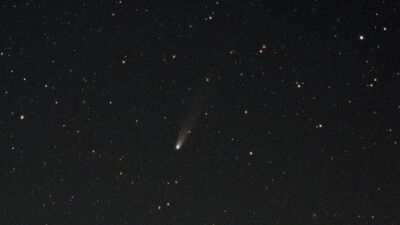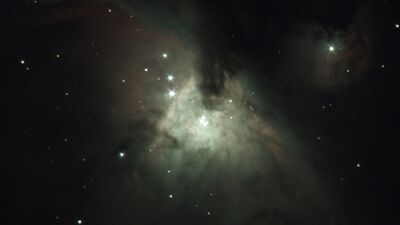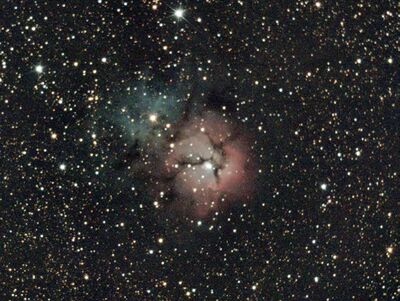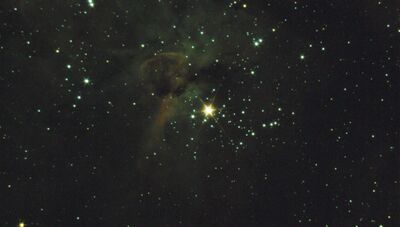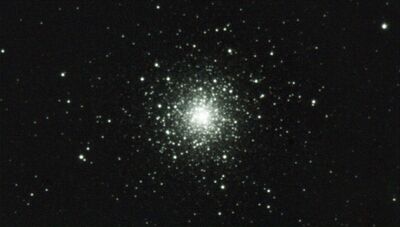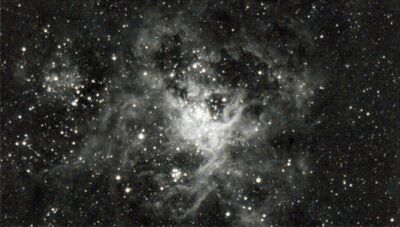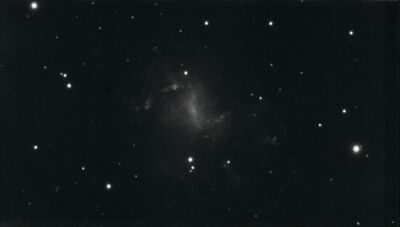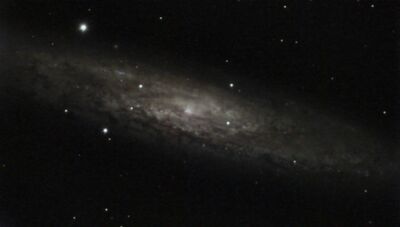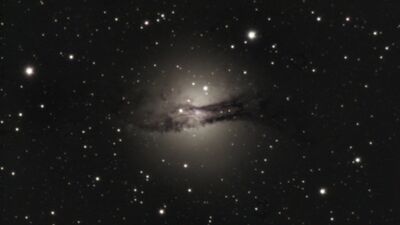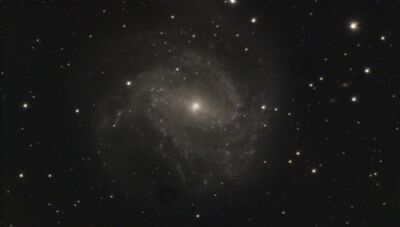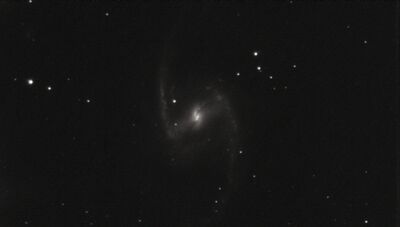Astrophotography: Difference between revisions
No edit summary |
(No difference)
|
Latest revision as of 03:10, 3 January 2025
All of these images were taken by me, most with one of my Telescopes.
The distance to each object is given in light-years from earth.
For context, to see where these objects are located:
Objects with a distance of less than 2,000 light years are in close vicinity to our own solar system and in the same milky way 'Orion' arm.
Most of the nearby objects are Nebulas and they contain clouds of dust and gas. They are lit up in various colours by nearby stars.
The next arm closer to the core of our milky way is the Sagittarius arm (about 4,000 - 7,000 light years from earth)
The center of our galaxy is believed to be around 26,000 light years away from us.
The total diameter of our galaxy is around 100,000 light years.
Some of the nearest galaxies are still very close to our own milky way, but at a distance of about the diameter of our own milky way we find the Large Magellanic cloud.
The nearest well-formed spiral galaxy is Andromeda at about 2.5 Million light years from us.
All the big individual stars you see in photos of galaxies are still from our own milky way, they appear as flies on a windscreen.
Gallery:
